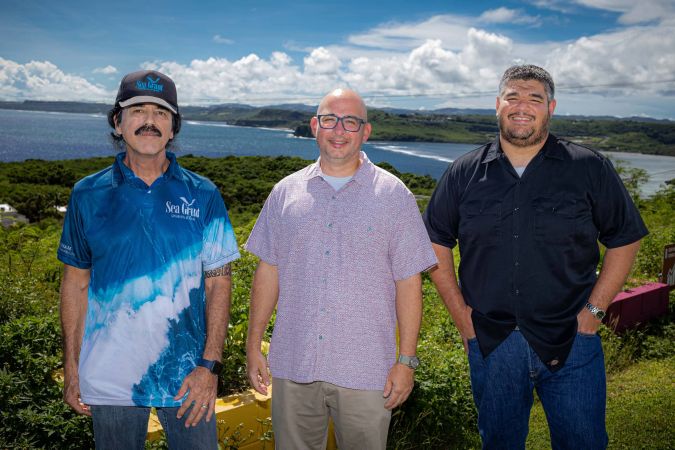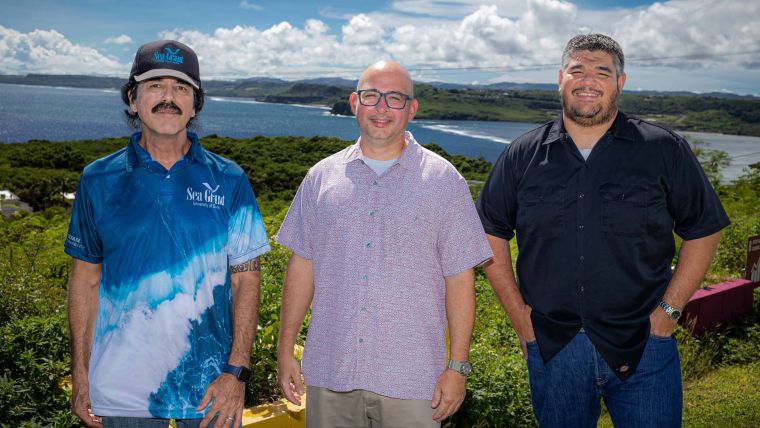Guam explores seawater electrolysis for hydrogen fuel and ocean energy
Guam households have historically paid a high cost for electricity because most power plants on the island still rely on expensive imported fossil fuel. The use of seawater to produce hydrogen for electricity generation could be a game-changer for the island, situated in the western Pacific Ocean.
Researchers across the country have been exploring ways to split seawater into hydrogen and oxygen through a process called ‘seawater splitting’. However, chloride ions in seawater can turn into toxic chlorine gas and corrode equipment used in energy production. The challenge is to find a way to use seawater that is environmentally friendly, cost-effective and does not damage power production equipment. Research related to this field is now being conducted at the University of Guam (UOG).
The US Department of Energy (DOE) is providing UOG with funding for faculty and student researchers to work with scientists at DOE’s Pacific Northwest National Laboratory (PNNL) to gain a fundamental understanding of seawater electrolysis. The research will build a foundation for fundamental research and scientific training at UOG while expanding the knowledge necessary for carbon-neutral hydrogen fuel generation and storage technologies.
The DOE’s Office of Science is providing US$1.695 million in research funding to UOG, while PNNL will receive US$555,000 for the three-year project through 2025. The laboratory is a leading centre for technological innovation in renewable energy.
Thermal energy conversion and wave energy technology
UOG will lead the research, with principal investigator John Francis Limtiaco heading a group that will investigate whether organic compounds in seawater can protect the anode from deactivation by steering the selectivity of the electrolysis away from the chlorine evolution reaction while increasing selectivity towards the production of value-added energy carrier molecules.
The Water Power Technologies Office at DOE has also recently announced US$400,000 in funding, initially for two years, for research at UOG to explore the potential of ocean energy systems (OES), such as ocean thermal energy conversion and wave energy technology, to power a proposed Guam Aquaculture Innovation Center.
UOG will partner with DOE’s PNNL and Sandia National Laboratories to assess the infrastructure requirements, environmental impact considerations and economic and regulatory viability of deploying ocean energy systems in Guam.
Deploying ocean energy systems
According to David Patrick Crisostomo, aquaculture specialist with the Sea Grant Program, ocean thermal energy is a strong possibility for Guam, as it has access to deep ocean water relatively close to shore. Wave energy could also be used as a source of energy. “The long-term dream is an Aquaculture Innovation Center that is reliant on clean energy. The expansion of this dream is to add ocean thermal energy or other marine energy systems to Guam’s ability to produce clean energy for the entire island,” said Crisostomo.
Fleur de Peralta, senior adviser with the Risk & Environmental Assessment Group, Energy & Environment Directorate at PNNL, said: “The diversity within the PNNL and UOG teams will strengthen the outcome of both projects as we adapt and learn from each other to gain valuable knowledge on the feasibility of harnessing hydrogen from Guam’s ocean waters and deploying ocean energy systems as additional sources of clean energy for the island.”















